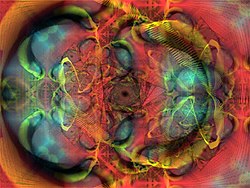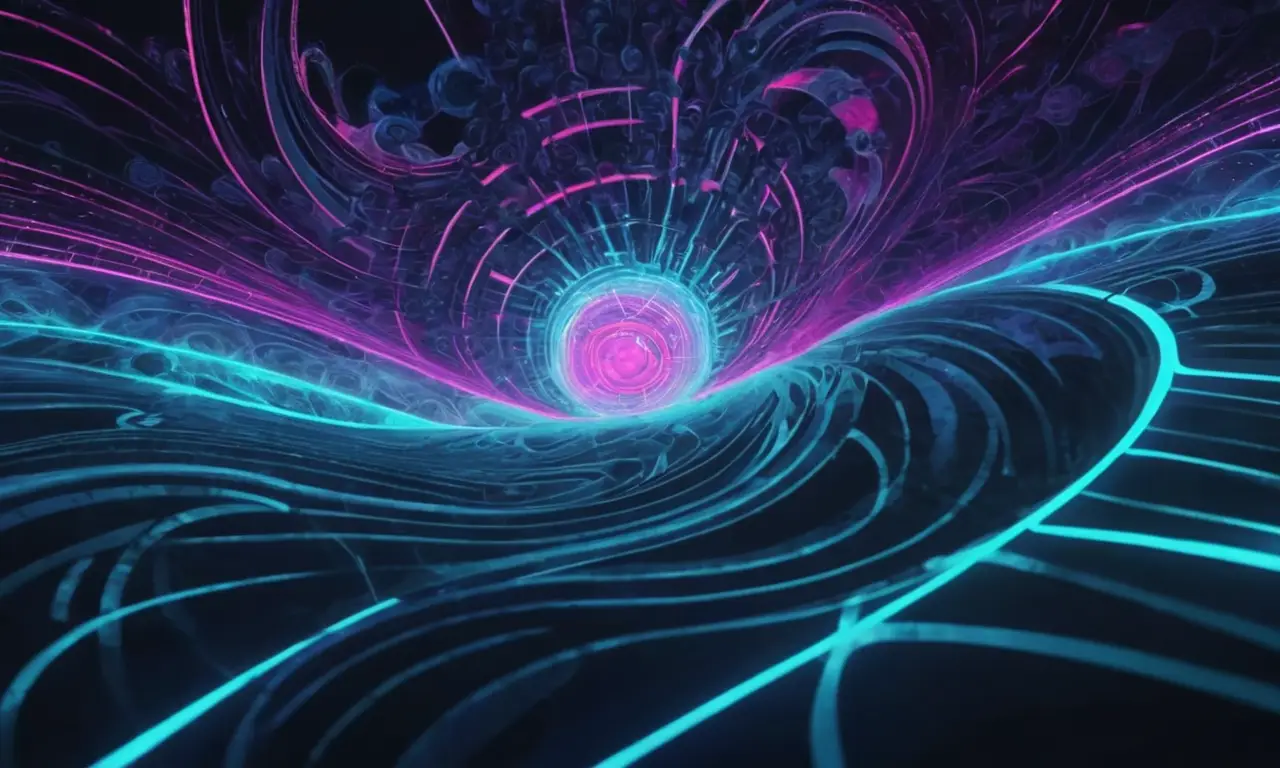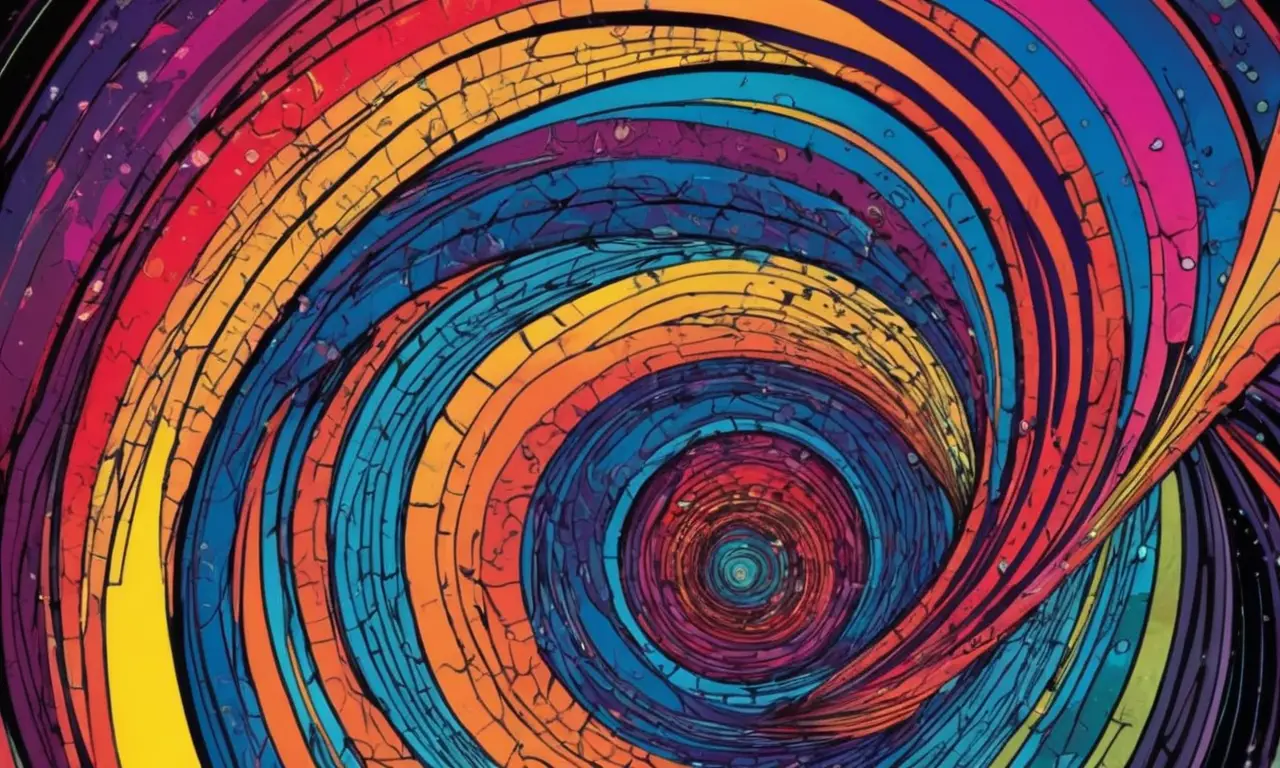
In the realm of music, where sound reigns supreme, visualizer music videos offer a captivating fusion of audio and visual artistry. These innovative creations transform the sonic landscape into a mesmerizing spectacle of abstract visuals, synchronized to the very essence of the music. Visualizers transcend the traditional boundaries of music videos, eschewing narratives or performances in favor of a pure auditory-visual experience that allows viewers to perceive music in an entirely new dimension.
This article delves into the fascinating world of visualizer music videos, exploring their defining characteristics, the intricate interplay between sound and visuals, and the diverse applications that have propelled them into mainstream popularity. From understanding the core elements of these videos to appreciating their unique benefits and widespread use cases, prepare to embark on a journey that unveils the captivating power of sound transformed into art.
What Are Visualizer Music Videos?
A visualizer music video is a dynamic audiovisual experience where abstract visuals react in real-time to the audio track of a song. Unlike traditional music videos that often feature narratives, actors, or live performances, visualizers prioritize the translation of sound into compelling imagery. Imagine geometric shapes pulsating with the rhythm, vibrant colors swirling in sync with the melody, and intricate patterns evolving according to the frequency of the music – this is the essence of a visualizer and music video.
These videos often employ software algorithms that analyze the audio waveform, extracting key elements like tempo, pitch, and volume. This data then informs the movement, color, and shape of the visuals, creating a seamless and captivating synchronization between sound and sight. The result is a mesmerizing display that allows viewers to experience music on a deeper, more visceral level.
The beauty of visualizers lies in their abstract nature. They don’t rely on storytelling or recognizable imagery; instead, they invite viewers to interpret the visuals based on their own emotional response to the music. This open-ended approach fosters a unique and personal connection between the viewer and the art form.
Visual Elements in Visualizers

Visualizer music videos utilize a wide array of visual elements to create their captivating displays. Some common elements include:
Geometric Shapes
Geometric shapes, such as circles, squares, triangles, and spheres, are frequently employed in visualizers. These shapes can pulsate, rotate, expand, and contract in response to the music’s rhythm and frequency, creating a dynamic and visually stimulating experience.
Patterns and Textures
Intricate patterns and textures add depth and complexity to visualizers. Repeating motifs, fractal designs, and organic patterns can evolve and shift in sync with the music, enhancing the visual richness of the video.
Colors and Light
Color plays a crucial role in setting the mood and tone of a visualizer. Vibrant hues, subtle gradients, and contrasting color schemes can evoke a range of emotions and enhance the overall impact of the visuals. The interplay of light and shadow can further add depth and dimension to the scene.
Animations and Effects
Animations and special effects are often used to create mesmerizing movements and transformations within visualizers. Particles, waves, and other dynamic elements can react to the music, adding a layer of visual excitement and engagement.
Sound and Visual Synchronization
The heart of a visualizer music video lies in the precise synchronization between sound and visuals. This intricate interplay is achieved through sophisticated software algorithms that analyze the audio track in real-time.
Audio Analysis
Visualizer software analyzes various aspects of the audio, including:
- Tempo: The speed at which the music progresses, influencing the pace of visual movements.
- Melody: The recurring musical phrases and notes, often reflected in the shape and movement of visuals.
- Frequency: The pitch and tone of the music, affecting the color palette and intensity of visuals.
- Volume: The loudness of the music, determining the scale and prominence of visual elements.
Visual Response
Based on the audio analysis, the software generates corresponding visual responses. Geometric shapes might pulsate in sync with the beat, colors could shift according to the melody, and patterns could evolve based on the frequency spectrum. This real-time adaptation ensures a seamless and captivating audiovisual experience.
Benefits of Visualizer Music Videos

Visualizer music videos offer several unique benefits that have contributed to their growing popularity:
Enhanced Musical Appreciation
By translating sound into visual form, visualizers provide a new way to experience and understand music. Viewers can see the rhythm, melody, and frequency patterns, deepening their appreciation for the intricate musical structures.
Immersive Audiovisual Experience
The synchronized interplay of sound and visuals creates an immersive and captivating experience that engages both the auditory and visual senses. This multi-sensory stimulation enhances the emotional impact of the music.
Accessibility and Inclusivity
Visualizers can be enjoyed by individuals with varying levels of hearing ability. The visual component allows for a more inclusive experience, making music accessible to a wider audience.
Creative Expression
Visualizers offer artists and musicians a unique platform for creative expression. They can experiment with different visual styles, software tools, and audio manipulation techniques to create truly innovative and captivating works.
Applications of Visualizers
Visualizer music videos have found applications in various fields:
Music Promotion
Artists often use visualizers to promote their music online. The dynamic visuals capture attention, enhance the listening experience, and provide a visually engaging way to share their work with fans.
Live Performances
Visualizers can be incorporated into live performances to create stunning stage shows. Projected visuals synchronized with the music add another dimension to the performance, enhancing the visual spectacle for the audience.
Educational Purposes
Visualizers can be used in educational settings to teach about music theory, sound waves, and audio technology. The visual representation of musical concepts can make learning more engaging and accessible.
Conclusion
Visualizer music videos have emerged as a captivating and innovative form of audiovisual art. By transforming sound into mesmerizing visuals, they offer a unique way to experience and appreciate music. Their ability to enhance musical understanding, create immersive experiences, and foster creative expression has propelled them into mainstream popularity. As technology continues to evolve, we can expect even more sophisticated and visually stunning visualizer and music videos in the future, further blurring the lines between sound and sight.
